The Fundamentals of Structural Assessment
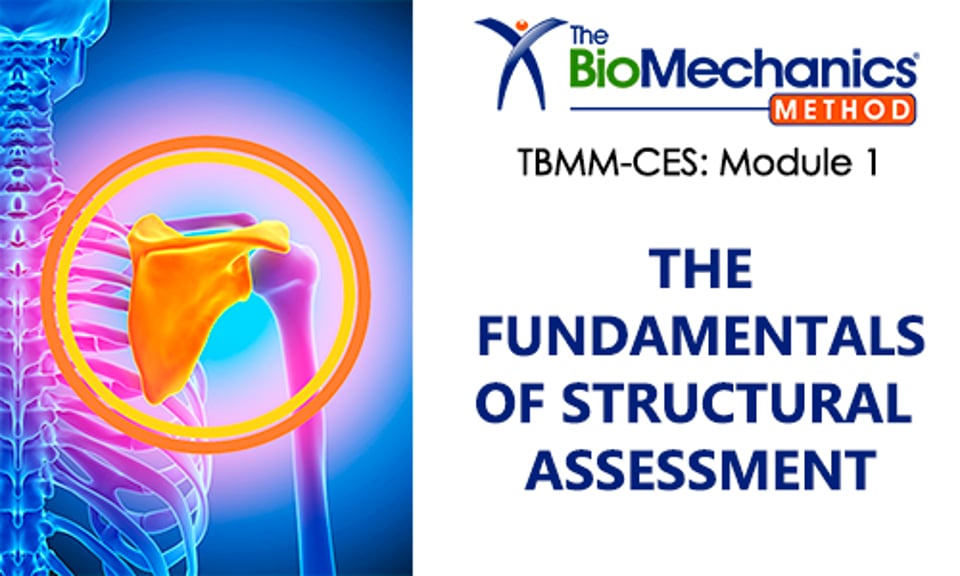
Description
The Fundamentals of Structural Assessment is targeted toward Fitness Professionals (encompassing Gym Instructors and Personal Trainers) who want to learn how to observe and identify a client’s common musculoskeletal imbalances at the outset of their exercise program and understand how these deviations might affect their exercise program and movement potential.
The Fundamentals of Structural Assessment contains:
- The Fundamentals of Structural Assessment digital text material
- The Fundamentals of Structural Assessment videos
- The Fundamentals of Structural Assessment online tests
Available Course Credits
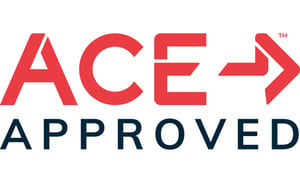 |
ACE | 1.30 | |
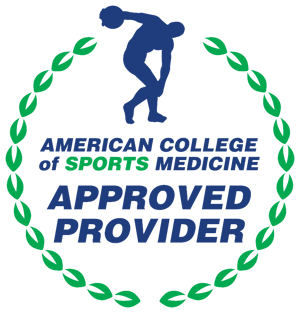 |
ACSM | 13.00 | |
 |
AUS | 8.00 | |
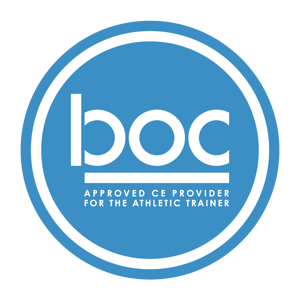 |
BOC | 5.50 | |
 |
CIMSPA | 6.50 | |
 |
CSEP | 15.00 | |
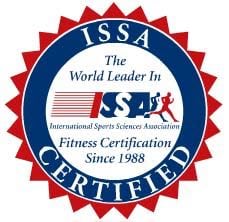 |
ISSA | 13.00 | |
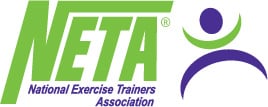 |
NETA | 13.00 | |
| NPCP | 13.00 | ||
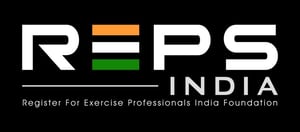 |
REPS India | 7.00 | |
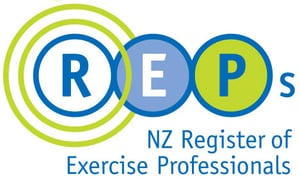 |
REPS NZ | 8.00 | |
 |
REPs UAE | 7.00 | |
| Virginia Board of Physical Therapy | 5.50 |
Learning Objectives
In the Fundamentals of Structural Assessment participants will:
- Gain knowledge about common musculoskeletal imbalances (e.g., increased pronation, kyphosis, lordosis, rounded shoulders, winging/protracted scapula, pelvic tilt, forward head posture)
- Understand how improving the function of the musculoskeletal system can help prevent injury, improve function and contribute to a safe exercise environment
- Learn a step-by-step processes for conducting musculoskeletal observations to help identify common deviations at the commencement of a client’s exercise program
- Understand the importance of observing the musculoskeletal system in a static/structural environment to help identify issues that may be relevant in a dynamic setting
- Learn when it is appropriate to refer a client out and/or seek guidance from a licensed medical professional to help address a client’s musculoskeletal limitations
Upon successful completion, course participants will:
- Understand how the presence of common musculoskeletal imbalances can affect a client’s functional movement patterns and the success of their fitness program
- Understand how musculoskeletal imbalances in one part of the body can affect movement potential and imbalances in other areas
- Observe and identify common musculoskeletal imbalances that may prove relevant to the success of a client’s fitness outcomes
- Understand how to coach and communicate with clients to encourage healthy posture, effective movement patterns and safe exercise technique
- Know when to refer a client for outside help to a medical or allied health professional as required
Course Content
| Important Course Information - Please Read Carefully | Section | ||
| Introduction to The Fundamentals of Structural Assessment | Section | ||
| Lesson 1 - The Structural Assessment Process | Section | ||
| Lesson 2 - Assessing the Feet and Ankles | Section | ||
| Lesson 3 - Assessing the Knees | Section | ||
| Lesson 4 - Assessing the Lumbo-Pelvic Hip Girdle | Section | ||
| Lesson 5 - Assessing the Thoracic Spine and Shoulder Girdle | Section | ||
| Lesson 6 - Assessing the Neck and Head | Section | ||
| Lesson 7 - Concluding the Structural Assessment Process | Section | ||
| The Fundamentals of Structural Assessment Course Completion Information | Section |